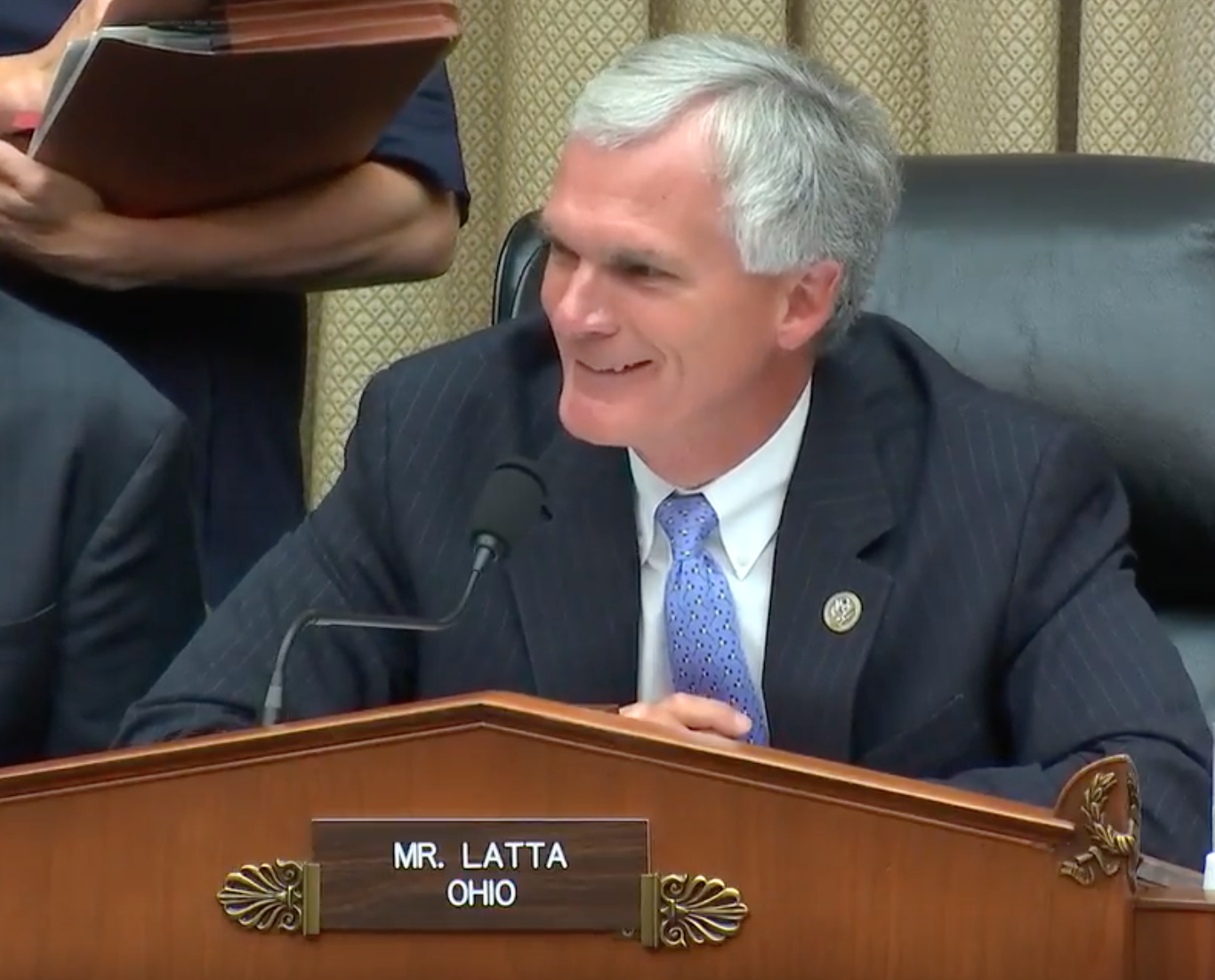August 24, 2017
 Shortly before Congress left for recess, the House Energy & Commerce passed an automated vehicle (AV) regulation bill by an almost unheard-of margin of 54 to 0. Legislators and the audience alike clapped and shook hands after the unanimous vote, which followed a healthy serving of bipartisan backslapping.
Shortly before Congress left for recess, the House Energy & Commerce passed an automated vehicle (AV) regulation bill by an almost unheard-of margin of 54 to 0. Legislators and the audience alike clapped and shook hands after the unanimous vote, which followed a healthy serving of bipartisan backslapping.
The committee’s bill was ushered through by Rep. Bob Latta (R-OH), chairman of its Digital Commerce and Consumer Protection Subcommittee, who feared that it would otherwise become mired in partisan battles if Democrats and AV skeptics were able to dig in during August recess.
Four weeks later, it would seem that his fears were well placed.
Since recess began, a wave of interest groups have been pounding the pavement on both sides of the Hill to generate opposition to provisions of the House bill and the as-yet unreleased Senate bill.
Consumer advocates, including Consumer Reports and Consumer Watchdog, have long questioned the maturity of AV technology, and the safety thereof, while engaging in doublespeak in support of the technology.
Will Wallace, a representative of Consumers Union, railed against the House bill during a subcommittee hearing in July. In his written testimony Wallace argued that, although AVs do promise to make roads safer, “accelerated deployment should be evidence-based —requiring manufacturers to demonstrate how highly automated vehicles improve safety—and should include sensible, binding measures to protect consumers against new hazards that may emerge.”
And this month, Consumer Reports debuted an AV reference page with a header that explained it has “serious concerns about several aspects of semi-autonomous systems, including those which allow a car to steer for itself, and believe automakers should take stronger steps to ensure that vehicles with these systems are designed, deployed, and marketed safely.
Meanwhile, groups representing states and cities have called in their members from the public sector to meet with House and Senate staff. In a joint statement last month titled House AV Legislation Would Leave Cities on the Side of the Road, a coalition expressed concern that a provision in the House bill would preempt officials from regulating the operation of AVs in their jurisdiction.
Historically, the federal government has retained the sole authority for regulating motor vehicle design and performance. Meanwhile, states and their subdivisions have fulfilled the traditional roles of registering vehicles, setting and enforcing traffic laws, regulating insurance, and other localized issues.
But in the absence of federal regulations, states and cities have begun to enact policies around AV operation. Fearing that the emerging “patchwork of regulations” would hamper innovation in this space, industry leaders have been urging the federal government to preempt laws that place (as the House bill defines it) an “unreasonable restriction” on AV testing and deployment.

With Congress away, this battle has continued to play out at the local level. The most recent example is in Chicago, where the city council is considering an ordinance to ban AVs outright due to concerns about safety, job losses, and “crazy” inventions like the DeLorean time machine in Back to the Future.
In a written testimony to the Chicago City Council, a representative of Consumer Watchdog said, “Consumer Watchdog agrees that so long as the federal government fails in its responsibility to protect all drivers, cyclists and pedestrians by setting appropriate Federal Motor Vehicle Safety Standards (FMVSS), the Chicago City Council should ban autonomous vehicles – robot cars – from being generally deployed on your streets.”
Meanwhile, industry advocates have argued that governments should welcome and encourage the safe development of AV technology.
According to the Chicago Sun Times, a spokesman for the industry group Self-Driving Coalition for Safer Streets, Chan Lieu, argued that the Chicago City Council should “not stand in the way of technology with ‘great potential to make the roads safer and more accessible,’ particularly for senior citizens and people with disabilities.”
While some major U.S. cities and states have met with Congressional staff to express opposition to federal preemption of their AV laws, others have spoken in favor of the federal government taking a lead in regulating this new technology.

However, sources report that some of those public sector supporters of the bill have been unable to work with Senate Democrats on aspects of the legislation – particularly those dealing with automated trucks – due to opposition from the Teamsters, who fear that AVs will displace humans in driving occupations. As the New York Times reported earlier this month, the union successfully prevented vehicles weighing over 10,000 pounds from being included in the House and Senate AV bills.
However, the displacement of workers due to driving automation probably more of a long-term threat to driver livelihoods, not a near-term one. In the meantime, governments could initiate partnerships with academic institutions to research how – and when – jobs may be impacted, and establish job retraining programs to prepare for the future impacts of automation on driving jobs.
(For more information, workforce and job displacement issues are discussed in-depth in the Eno Center for Transportation’s recent reports, Beyond Speculation: Automated Vehicles and Public Policy and Adopting and Adapting: States and Automated Vehicles)
With two weeks until the House and Senate return – and the Trump Administration’s first update to the Federal Automated Vehicle Policy Statement in the works – September is shaping up to be a pivotal month for AVs.

 Shortly before Congress left for recess, the House Energy & Commerce
Shortly before Congress left for recess, the House Energy & Commerce 



